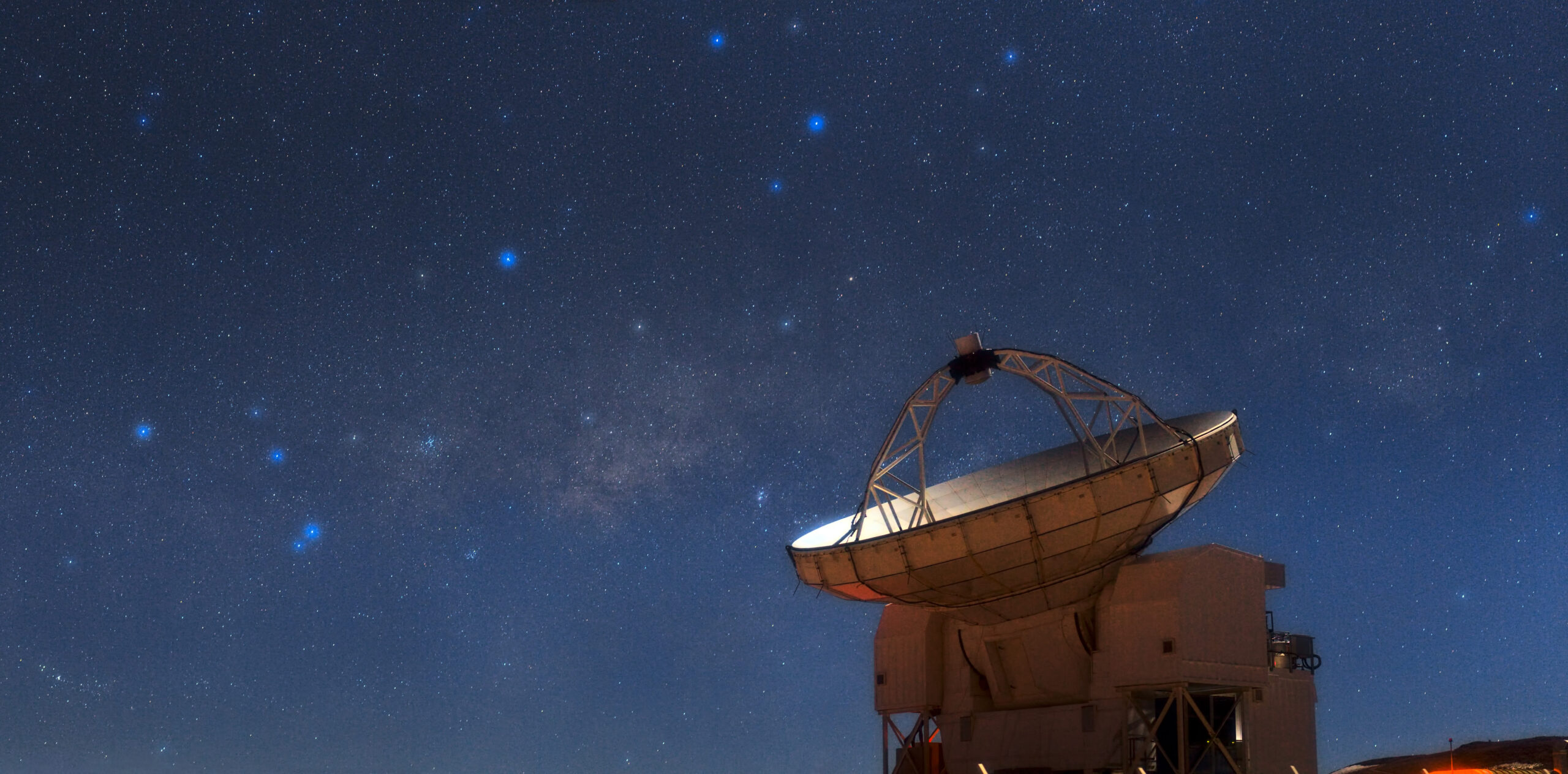Redes, Estrategia y Conocimiento

El presente llamado a concurso se desarrolla en el marco del convenio firmado entre la Comisión Nacional de Investigación Científica y Tecnológica, CONICYT, (hoy por su continuadora legal, la Agencia Nacional de Investigación y Desarrollo, ANID) y la Organización Europea para la Investigación Astronómica en el Hemisferio Austral, ESO, del 19 de Noviembre de 2002, para potenciar la radioastronomía en Chile y desarrollar el proyecto APEX (Atacama Pathfinder Experiment).
APEX es una colaboración entre el Instituto Max Planck de Radioastronomía (MPIfR), el Observatorio Espacial de Onsala (OSO) y la Organización Europea para la Investigación Astronómica en el Hemisferio Austral (ESO).
El radiotelescopio APEX consiste en una antena prototipo de ALMA (Atacama Large Millimeter Array) equipada con diversos instrumentos y es operado en el Llano de Chajnantor, San Pedro de Atacama, Chile.
Duración:
El presente Concurso corresponde al segundo semestre del 2020, modo que éstos puedan presentar propuestas de observación para el período septiembre -diciembre 2020, con el Telescopio APEX.
Beneficios:
Tiempo de observación en el Telescopio APEX.
Podrán postular:
Fecha de inicio del concurso: jueves 12 de marzo de 2020
Fecha de cierre del concurso: jueves 23 de abril de 2020
Resultados: Por definir.
Comprende y visualiza datos de la actividad científica chilena.
Servicios de información científica
Servicios de administración